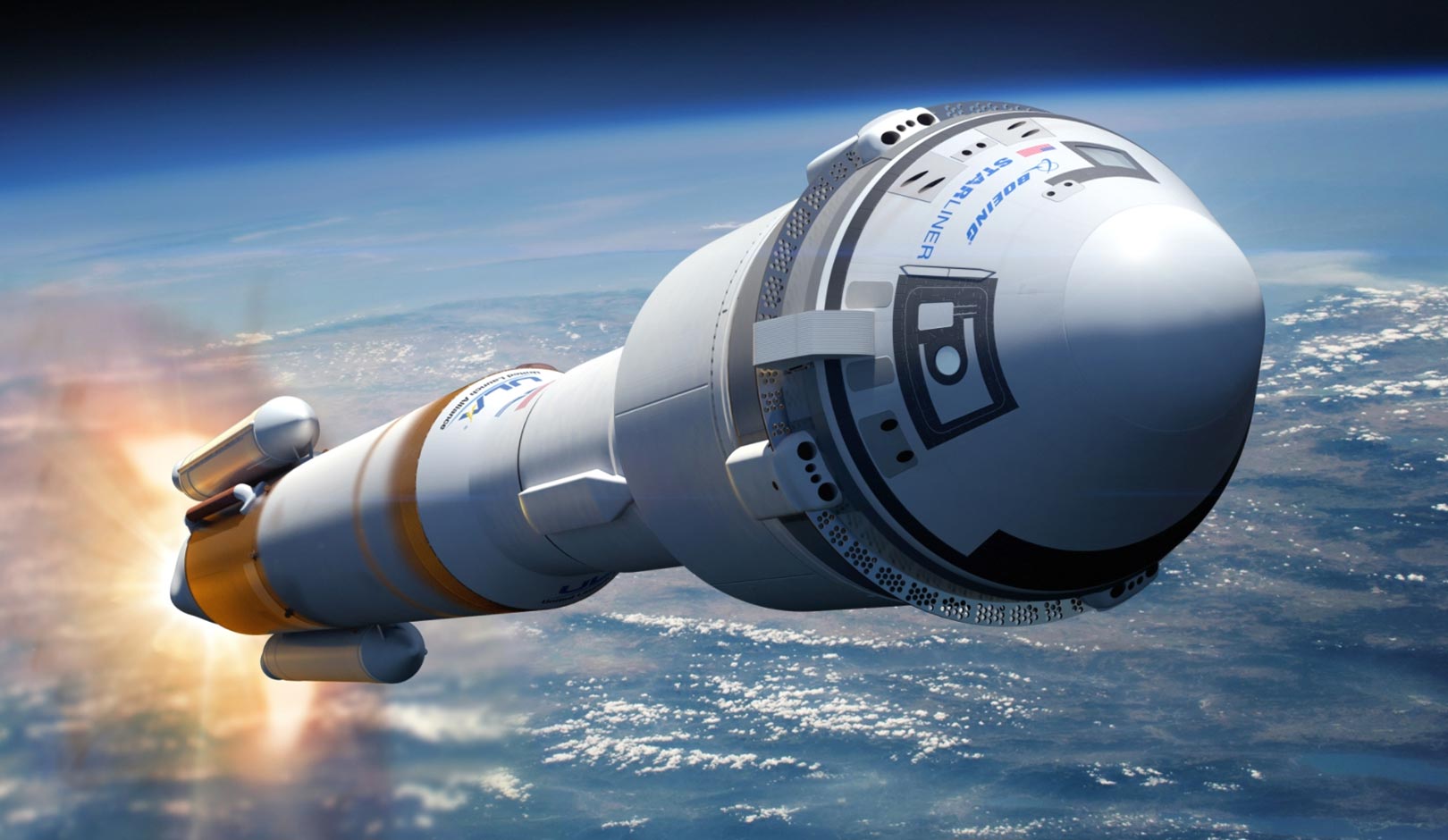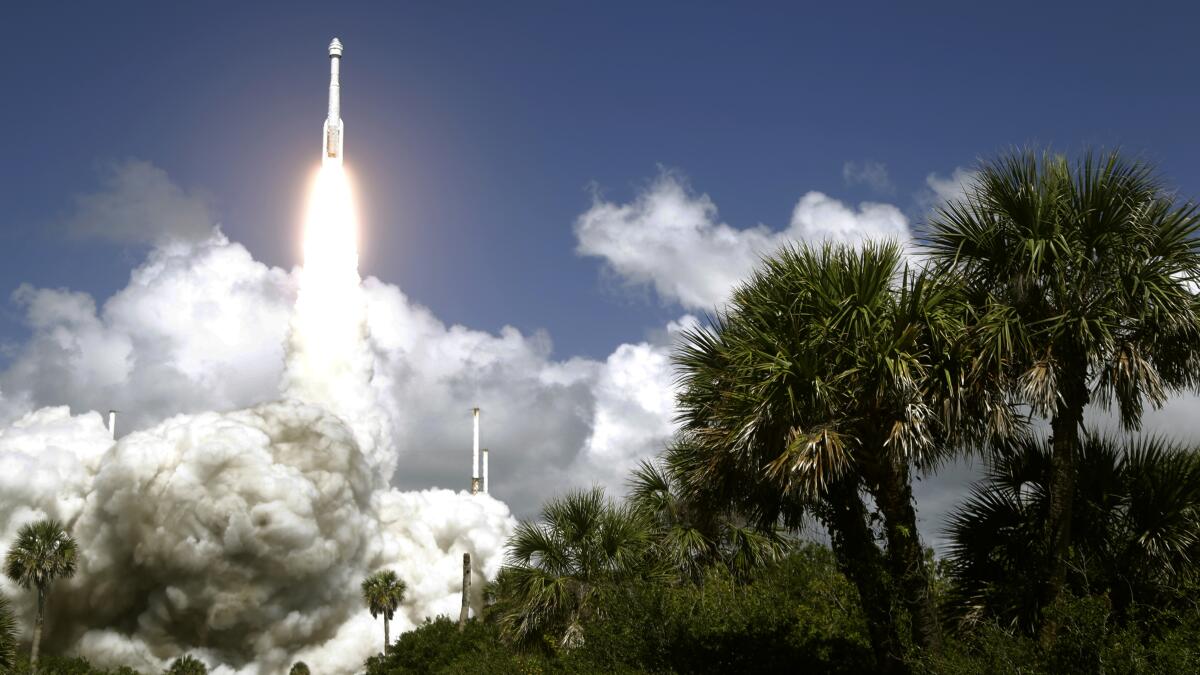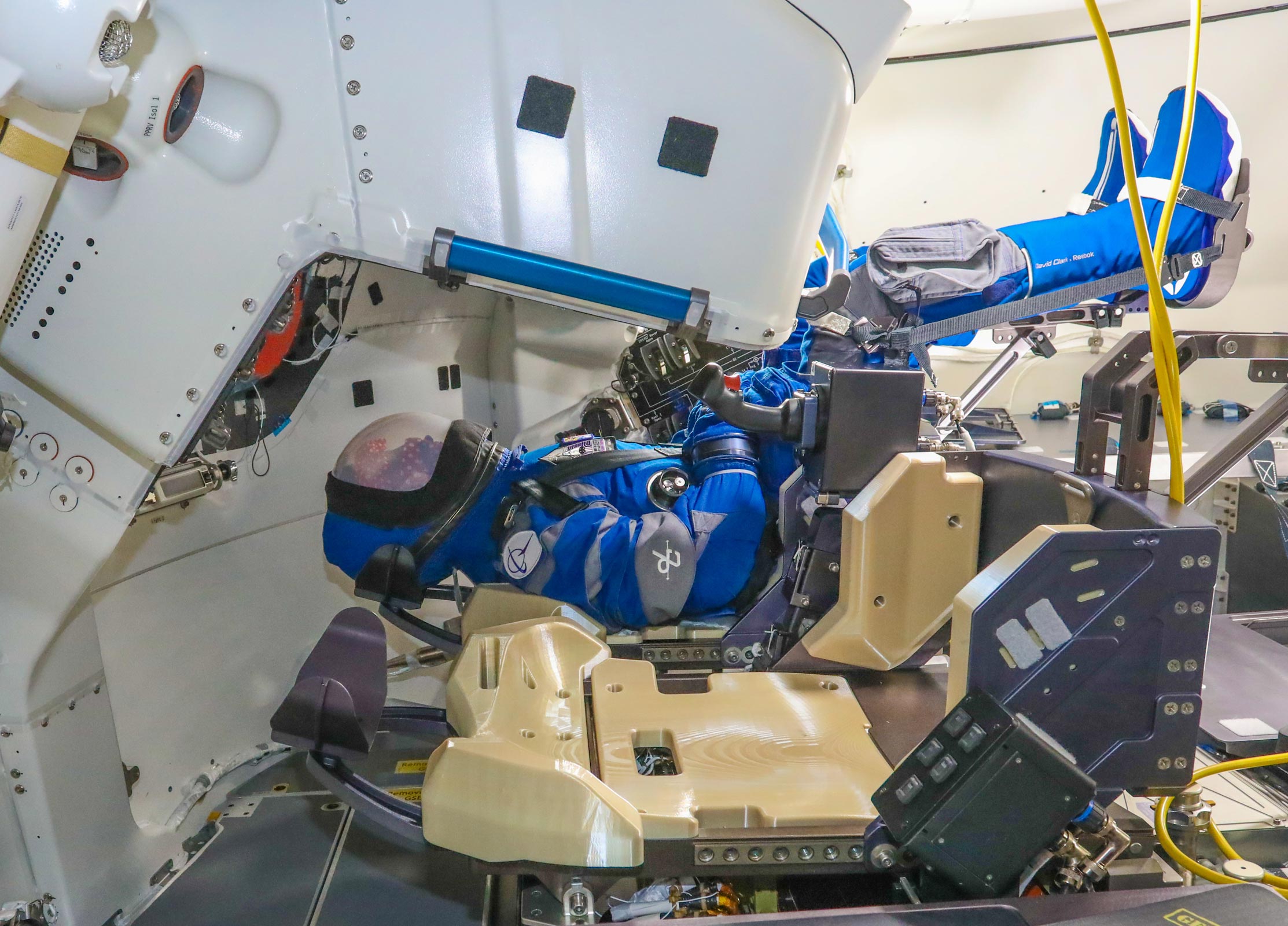NASA’s Boeing Starliner Launch Mission

The NASA’s Boeing Starliner launch mission is a significant milestone in human spaceflight. The mission aims to test the capabilities of the Boeing Starliner spacecraft and its ability to safely transport astronauts to and from the International Space Station (ISS).
The Starliner spacecraft is designed to be reusable, which will significantly reduce the cost of space travel. It is also equipped with advanced safety features, including a launch abort system that can be activated in the event of an emergency.
The mission is scheduled to launch on May 19, 2023, from Cape Canaveral, Florida. The spacecraft will be carried into orbit by a United Launch Alliance Atlas V rocket. Once in orbit, the Starliner will rendezvous with the ISS and dock with the station’s Harmony module.
The mission is expected to last for about six months. During this time, the Starliner crew will conduct a series of tests and experiments to evaluate the spacecraft’s performance. They will also perform maintenance tasks on the ISS and conduct spacewalks to repair and upgrade the station’s exterior.
The successful completion of the NASA’s Boeing Starliner launch mission will be a major step forward in the development of commercial spaceflight. It will pave the way for the use of reusable spacecraft for human spaceflight and open up new possibilities for space exploration.
Key Events Leading Up to the Launch, Nasa, boeing starliner launch
* December 2022: Boeing completes the assembly of the Starliner spacecraft.
* January 2023: The Starliner spacecraft is shipped to Cape Canaveral, Florida.
* February 2023: The Starliner spacecraft is integrated with the Atlas V rocket.
* March 2023: The launch date is set for May 19, 2023.
* May 19, 2023: The Starliner spacecraft is launched into orbit.
Spacecraft’s Design and Capabilities
The Boeing Starliner spacecraft is a reusable spacecraft designed to transport astronauts to and from the ISS. The spacecraft is made up of three main modules: the crew module, the service module, and the propulsion module.
The crew module is the living quarters for the astronauts. It is equipped with a life support system, a galley, and a bathroom. The service module provides power, propulsion, and communications for the spacecraft. The propulsion module provides the thrust needed to launch the spacecraft into orbit and to maneuver it in space.
The Starliner spacecraft is equipped with a number of advanced safety features, including a launch abort system that can be activated in the event of an emergency. The spacecraft also has a number of redundant systems to ensure that it can continue to operate even if one of its systems fails.
The Starliner spacecraft is a significant advancement in human spaceflight. It is a reusable spacecraft that is designed to be safe, reliable, and affordable. The spacecraft will play a major role in the future of space exploration.
Technical Aspects of the Launch: Nasa, Boeing Starliner Launch

Nasa, boeing starliner launch – The launch of NASA’s Boeing Starliner mission involves intricate technical considerations. The success of the mission hinges upon the performance of the launch vehicle, the suitability of the launch site, and the mitigation of potential risks and challenges.
The launch vehicle employed for the Boeing Starliner mission is the United Launch Alliance’s Atlas V rocket. The Atlas V is a two-stage rocket with a solid-propellant first stage and a liquid-propellant second stage. The rocket is capable of lifting up to 8,227 kilograms (18,136 pounds) to low Earth orbit (LEO).
Launch Site
The launch site for the Boeing Starliner mission is Cape Canaveral Space Force Station in Florida. Cape Canaveral is a premier launch site due to its proximity to the equator, which provides a more favorable trajectory for reaching orbit. The site also has a long history of successful launches, making it a reliable location for the Starliner mission.
Risks and Challenges
The launch of the Boeing Starliner mission is not without risks and challenges. One of the primary concerns is the potential for launch vehicle failure. While the Atlas V rocket has a proven track record, there is always the possibility of a malfunction during launch. Other risks include adverse weather conditions, which can delay or even cancel the launch, and the potential for human error.
Impact on Space Exploration

The successful launch of NASA’s Boeing Starliner will have a profound impact on future space missions. It will pave the way for the development of new spacecraft and technologies, and will enable us to explore the solar system in ways that are currently impossible.
One of the most significant impacts of the Starliner launch will be the development of new spacecraft and technologies. The Starliner is a next-generation spacecraft that is designed to be reusable, which will significantly reduce the cost of space travel. It is also equipped with a variety of new technologies, including a new docking system and a new life support system, which will make it possible to travel to and from space more safely and efficiently.
Scientific and Technological Advancements
The Starliner launch will also lead to a number of scientific and technological advancements. The spacecraft will be equipped with a variety of scientific instruments that will allow us to study the solar system in unprecedented detail. It will also be used to test new technologies, such as autonomous navigation and docking, which will be essential for future human missions to Mars and other planets.
Broader Implications for Human Space Exploration
The Starliner launch will have a broader impact on human space exploration. It will help us to learn more about the solar system, and it will pave the way for the development of new spacecraft and technologies that will make it possible to travel to and from space more safely and efficiently. This will open up new possibilities for human space exploration, and will help us to achieve our goal of becoming a spacefaring species.
As NASA and Boeing prepare for the historic launch of the Starliner spacecraft, eager viewers can tune in to NASA TV live for real-time coverage of this momentous event. From the countdown to the final ascent, NASA TV will provide an immersive experience, capturing every detail of this critical mission as the Starliner embarks on its journey to the International Space Station.
NASA’s Boeing Starliner launch, initially scheduled for today, has been postponed. For the latest updates on the starliner launch today , please visit the official NASA website. The Boeing Starliner is a reusable spacecraft designed to transport astronauts and cargo to and from the International Space Station.
The recent NASA and Boeing Starliner launch is a testament to the resilience of human ambition. Despite setbacks and tragedies like the Amanda Knox case, we continue to push the boundaries of space exploration. The Starliner’s successful docking with the International Space Station marks a significant milestone in the pursuit of off-world habitation and scientific discovery.
After several delays and technical setbacks, NASA and Boeing are finally preparing for the launch of the Starliner spacecraft. The uncrewed test flight, dubbed OFT-2, is scheduled to lift off from Cape Canaveral Space Force Station in Florida on July 30, 2023.
If successful, the mission will pave the way for crewed flights to the International Space Station, opening up new possibilities for nasa, boeing starliner launch.
NASA and Boeing’s Starliner launch, originally scheduled for July 30, 2021, has been postponed due to technical difficulties. The new target launch date is now set for starliner launch time. The Starliner spacecraft is designed to transport astronauts and cargo to and from the International Space Station.
This mission will be the first crewed flight of the Starliner.